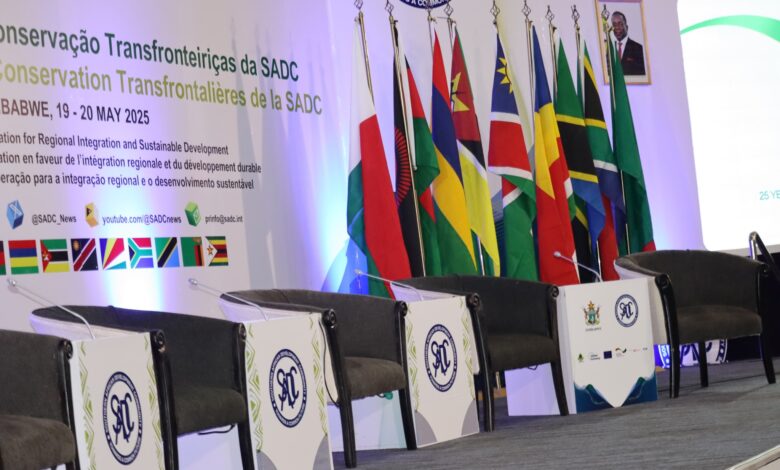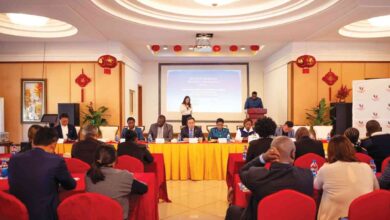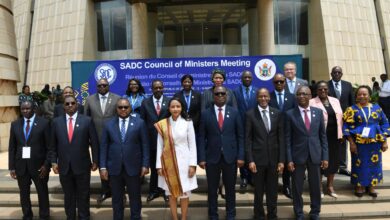SADC Summit on Transfrontier Conservation Kicks Off in Harare to Strengthen Regional Biodiversity and Community‑Driven Protection

The Southern Africa Development Community (SADC) Summit on Transfrontier Conservation officially opened today in Harare, Zimbabwe, drawing delegates from across the region to forge stronger collaboration on preserving shared natural heritage. Against the backdrop of Zimbabwe’s iconic landscapes, attendees will tackle urgent threats such as habitat loss, illegal wildlife trade and climate change, while exploring ways to ensure that border communities benefit directly from conservation efforts.
Under the banner “Biodiversity, Sustainable Development & Community‑Driven Environmental Protection,” this year’s summit underscores a growing consensus that safeguarding ecosystems must go hand in hand with uplifting local livelihoods. Over the coming days, delegates will take part in policy dialogues and technical workshops designed to harmonise conservation regulations across national boundaries, enhance data‑sharing on wildlife populations, and reinforce cross‑border law enforcement to curb poaching networks.
Although the Right Honourable Prime Minister of Lesotho and his ministerial delegation are yet to arrive, senior Lesotho officials have already contributed valuable insights. They detailed the success of community conservancy programmes in the Maloti‑Drakensberg transfrontier area, where rural families generate income through eco‑tourism and sustainable land‑use practices. These grassroots models are being highlighted as blueprints for other SADC member states seeking to mobilise local stewardship of natural resources.
A focal point of the summit is the conservation marketplace, where governments, NGOs and private‑sector partners can connect over funding opportunities and field‑tested solutions. From solar‑powered ranger stations and drone‑based anti‑poaching surveillance to community‑run lodges fostering renewable‑energy tourism, innovators will showcase how technology and traditional knowledge can converge to deliver lasting impact.
Youth and civil‑society representatives have been given dedicated platforms to present environmental innovations and participatory management strategies. By amplifying the voices of young activists and local leaders, the summit aims to build regional networks that will sustain conservation momentum long after Harare’s sessions conclude.
As the summit progresses, delegates are expected to emerge with concrete action plans, new partnerships and a shared vision for transfrontier conservation that balances ecological integrity with social and economic development. The decisions made here will influence cross‑border conservation policies throughout Southern Africa, advancing a future in which both nature and the communities that depend on it can thrive together.




